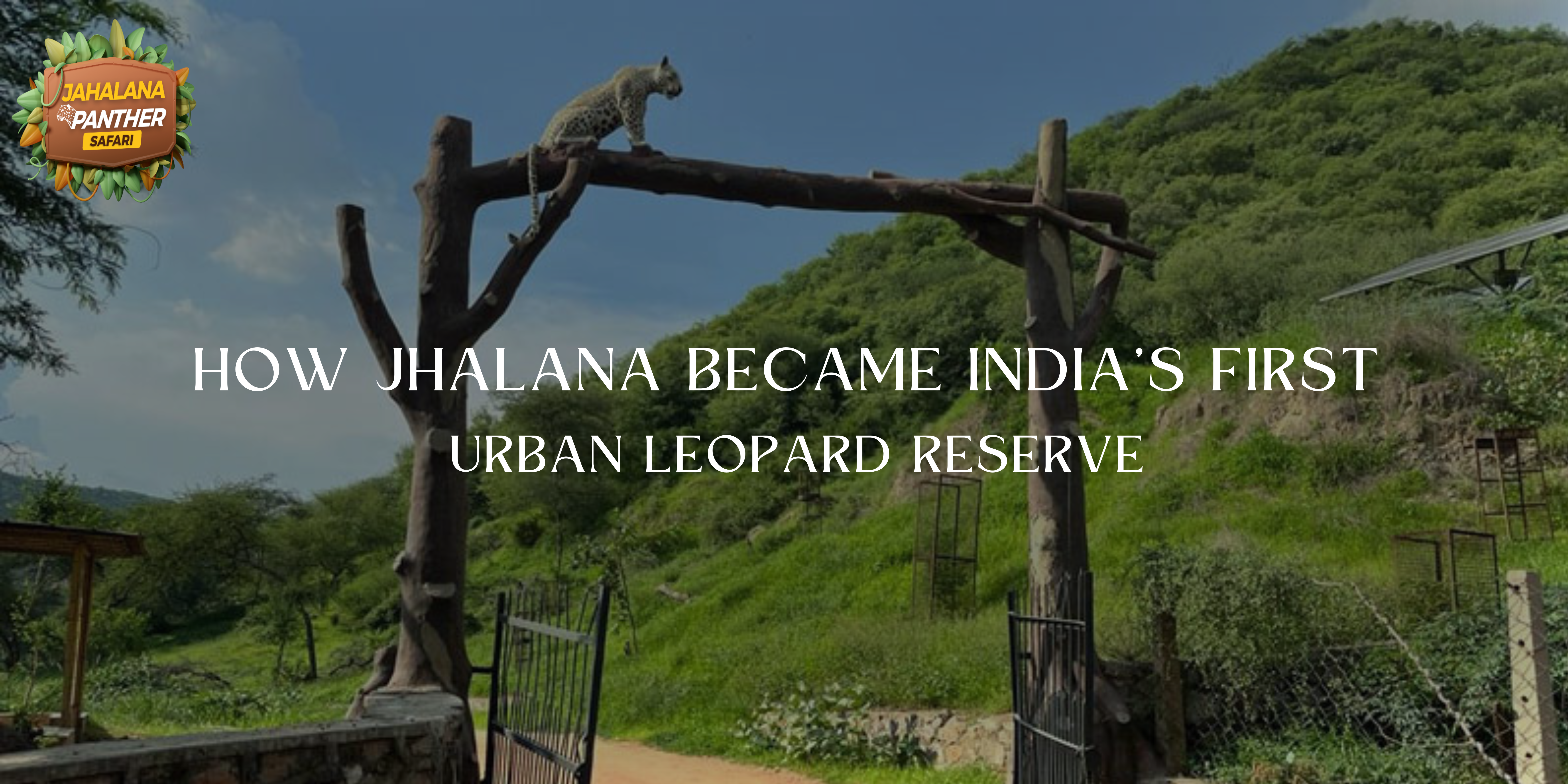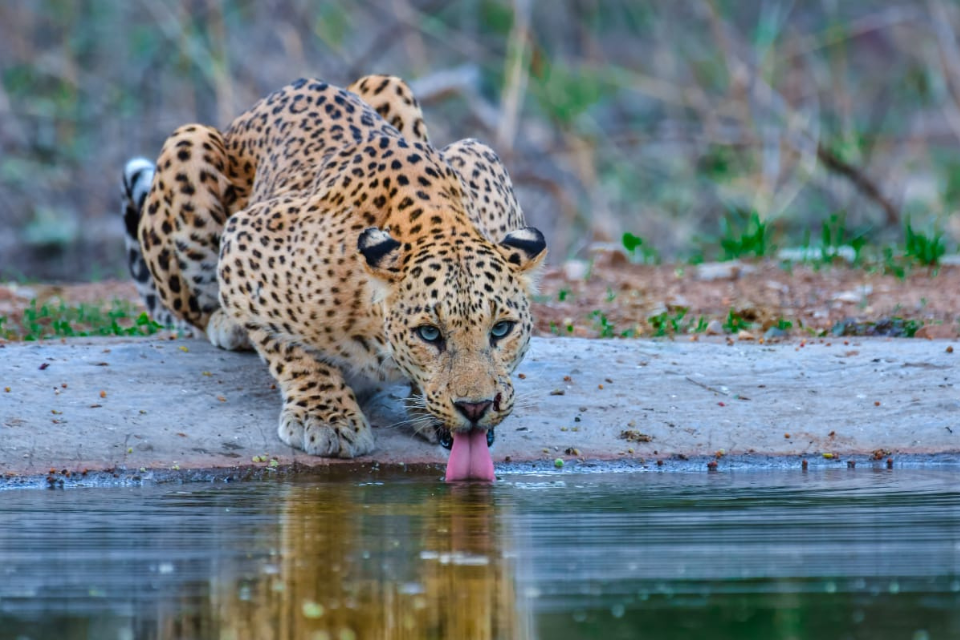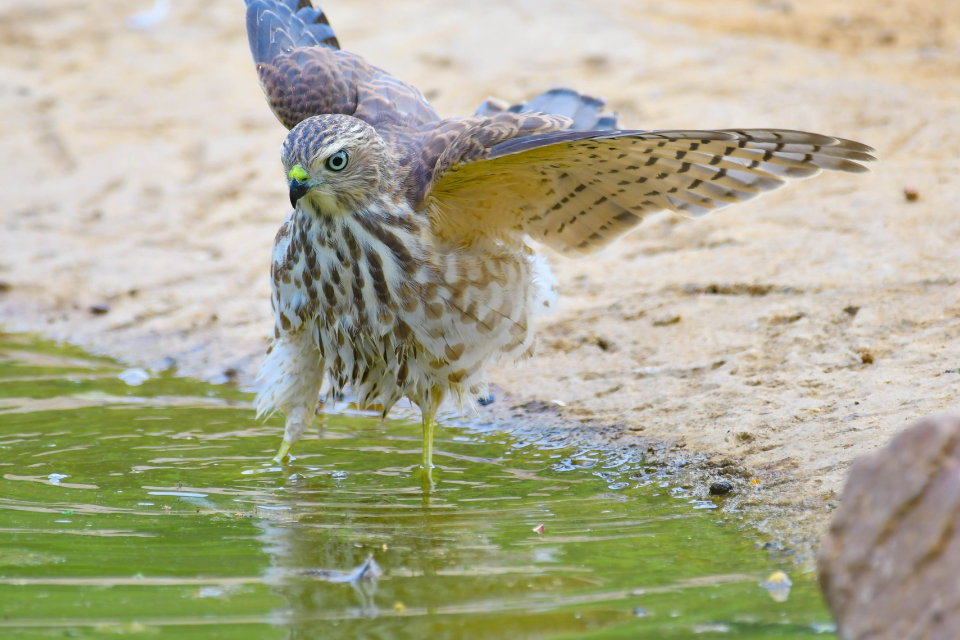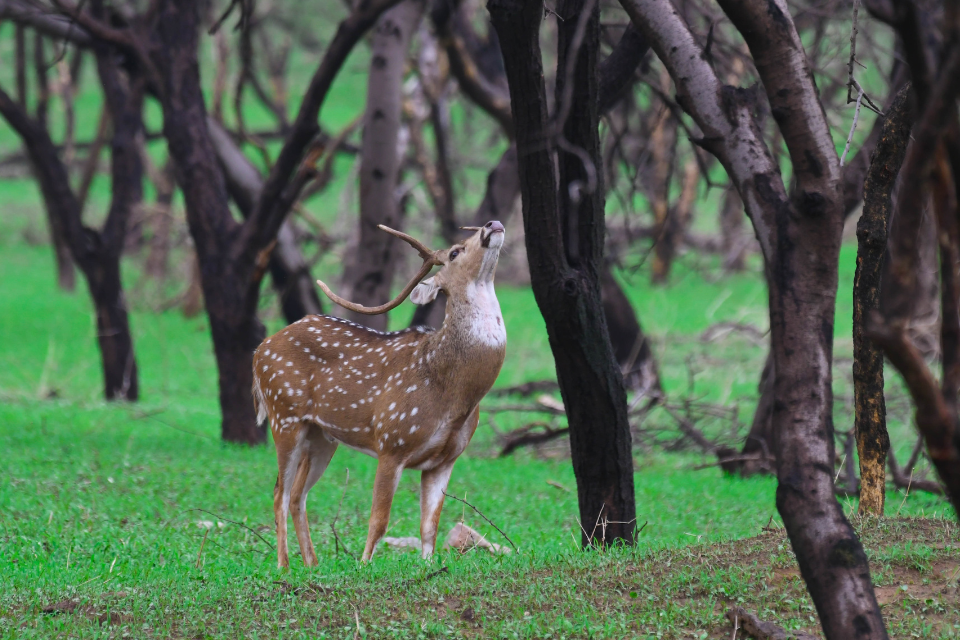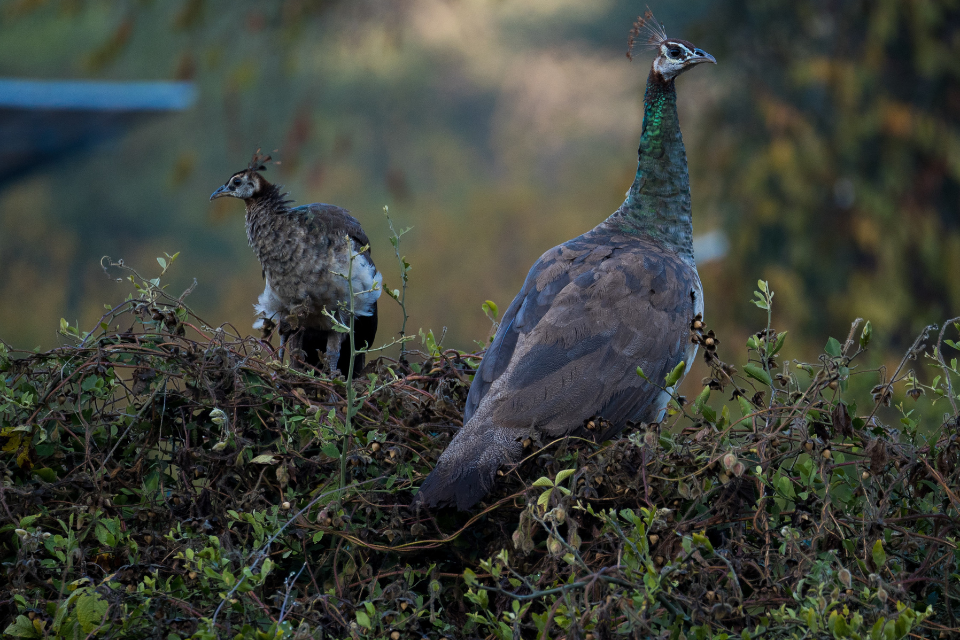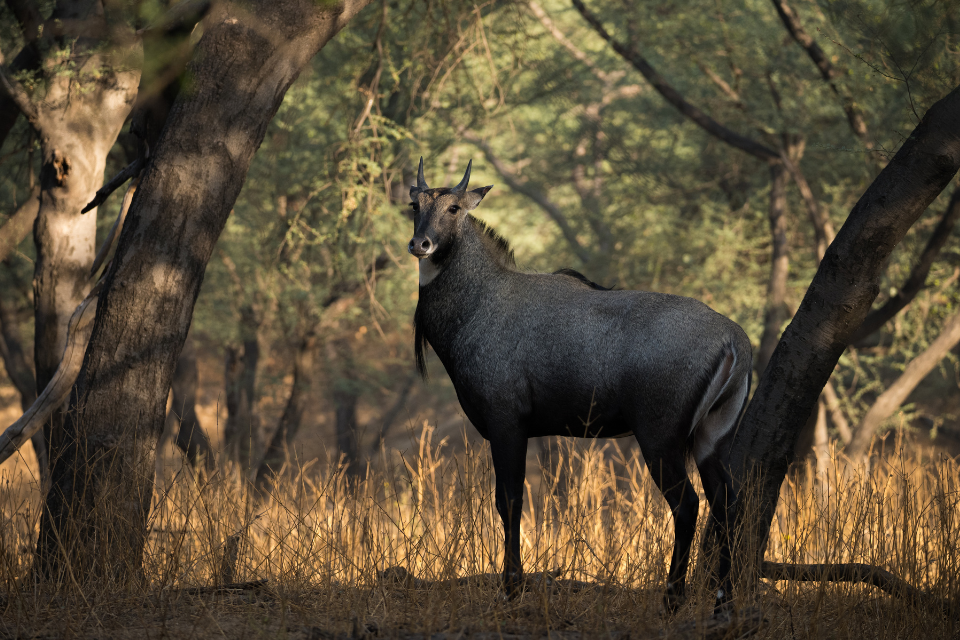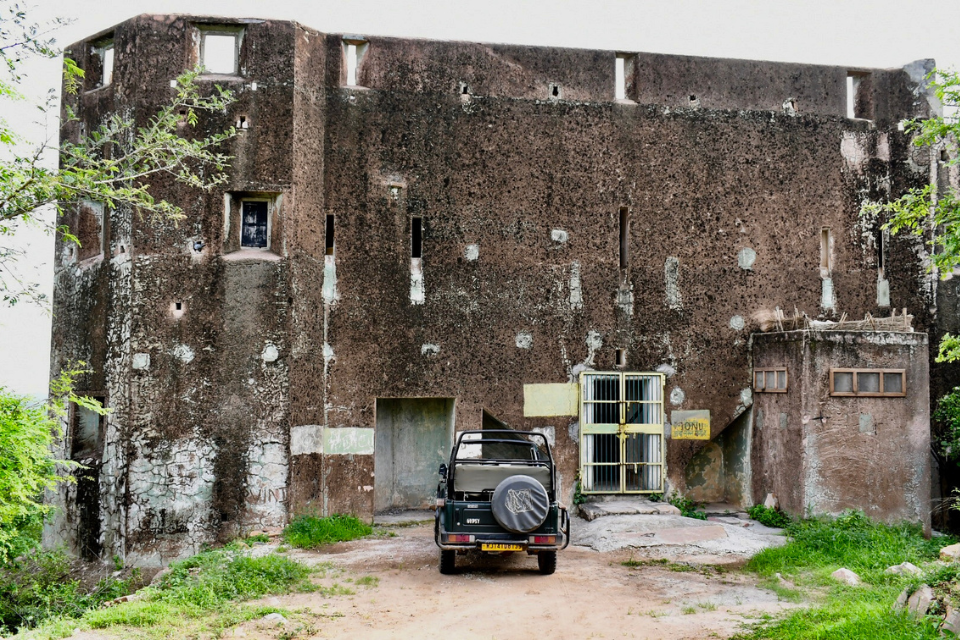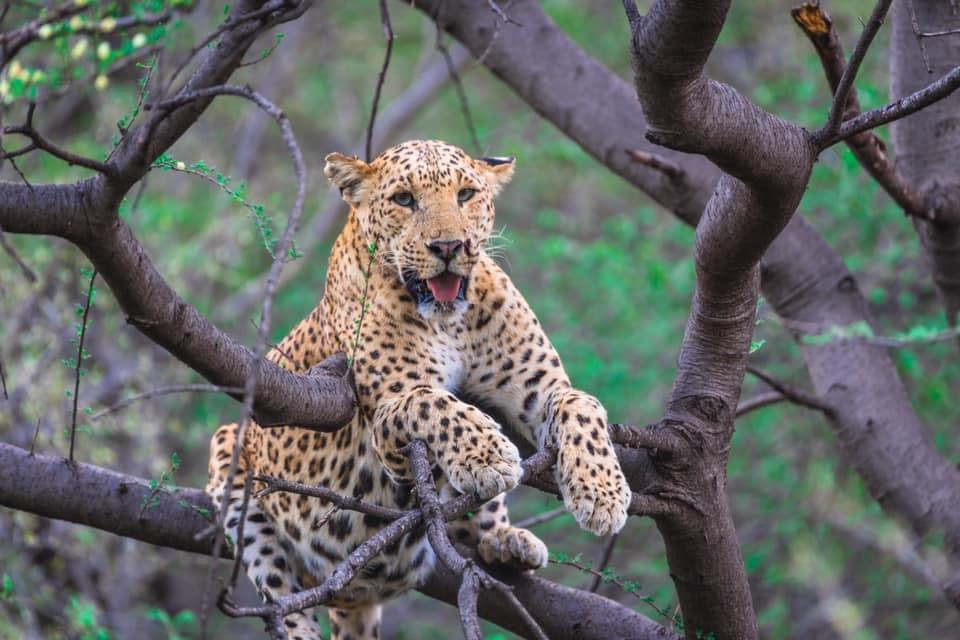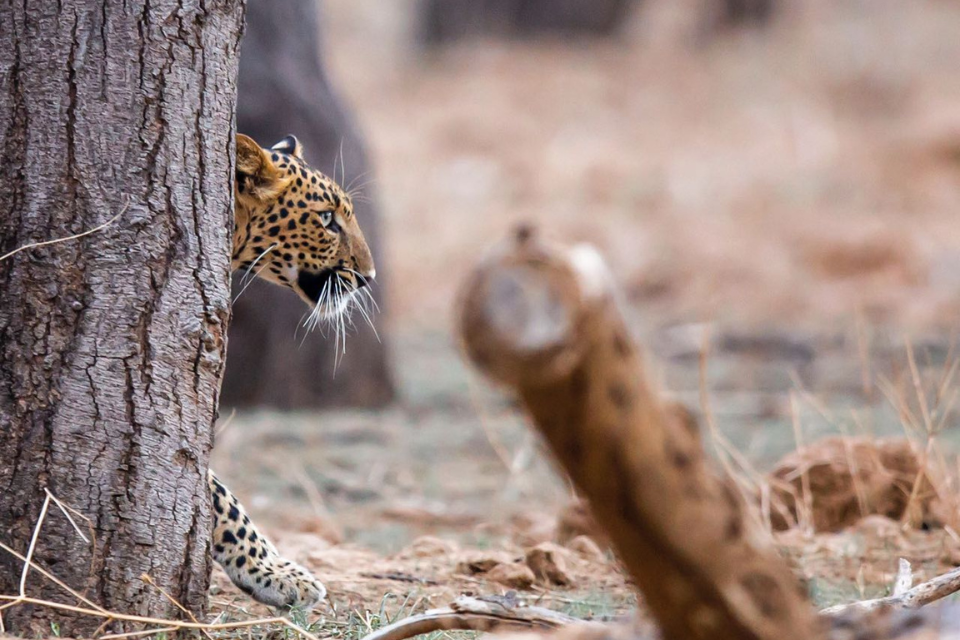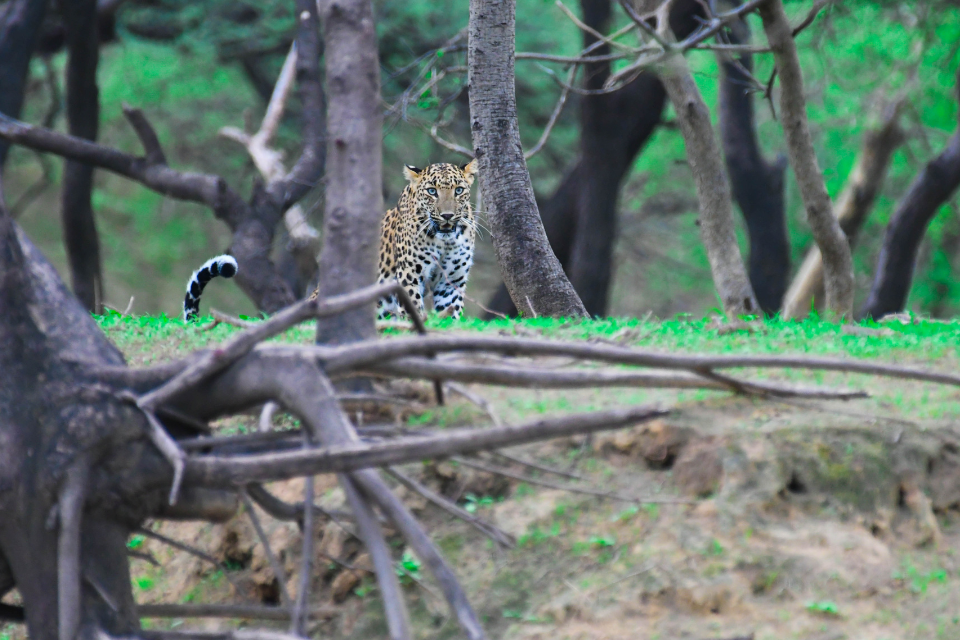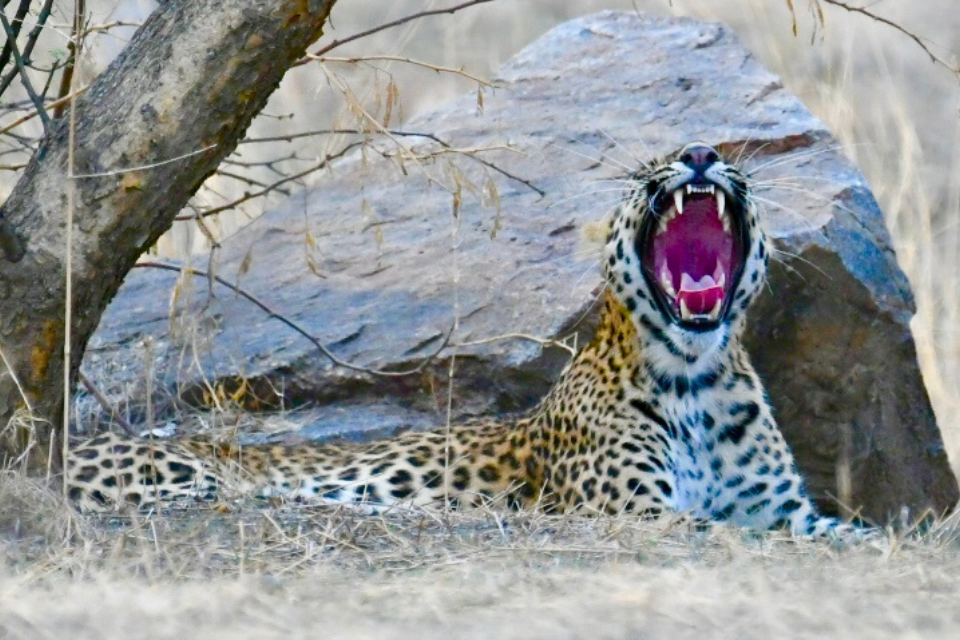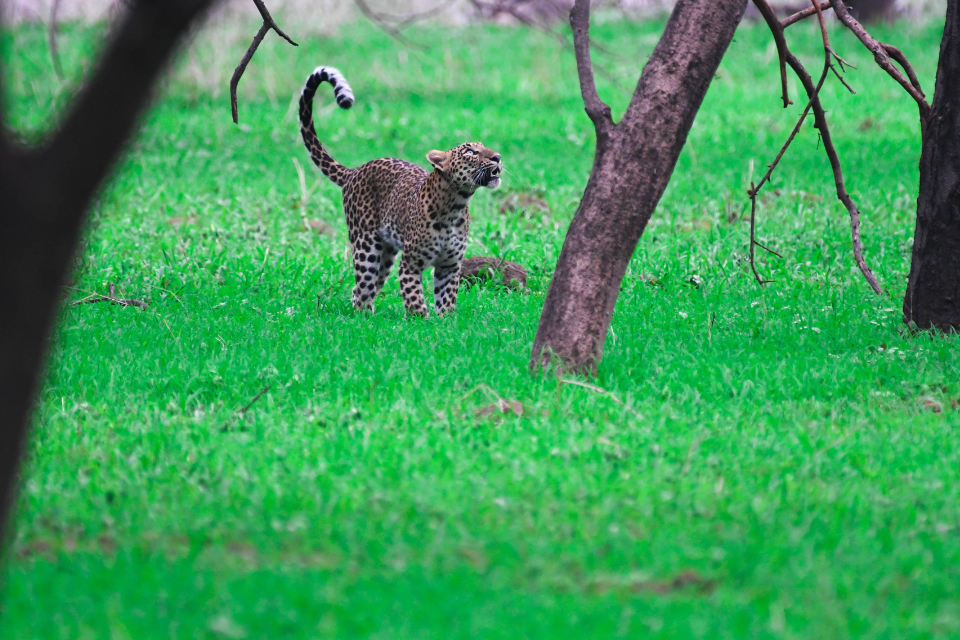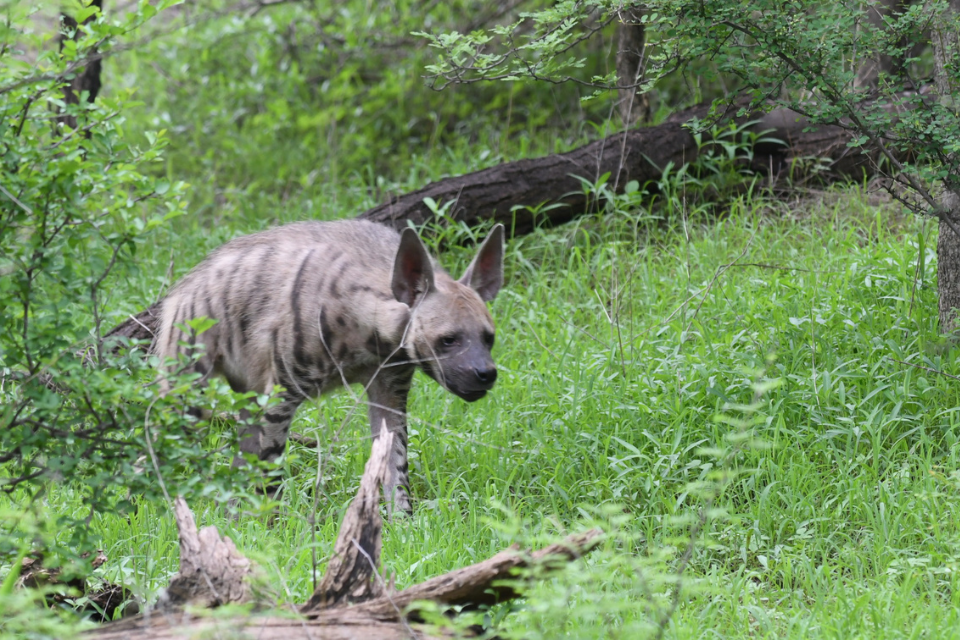- November 26, 2024
How Jhalana Became India’s First Urban Leopard Reserve
Jhalana Forest Reserve, located on the fringes of Jaipur, Rajasthan, holds the distinction of being India’s first urban leopard reserve. This groundbreaking achievement highlights Jhalana’s ability to protect its apex predator while existing in harmony with the bustling urban landscape of Jaipur. Understanding the journey that led to this designation offers valuable insights into wildlife conservation in urban settings.
- The Evolution of Jhalana
- Historical Significance:
- Once a hunting ground for Jaipur’s royalty, Jhalana transitioned into a protected area in the post-independence era.
- Efforts to conserve its natural beauty began in the 1980s, laying the groundwork for its future as a wildlife sanctuary.
- Proclamation as a Leopard Reserve:
- In 2017, Jhalana was officially declared Rajasthan’s first leopard reserve, owing to its thriving leopard population and successful conservation practices.
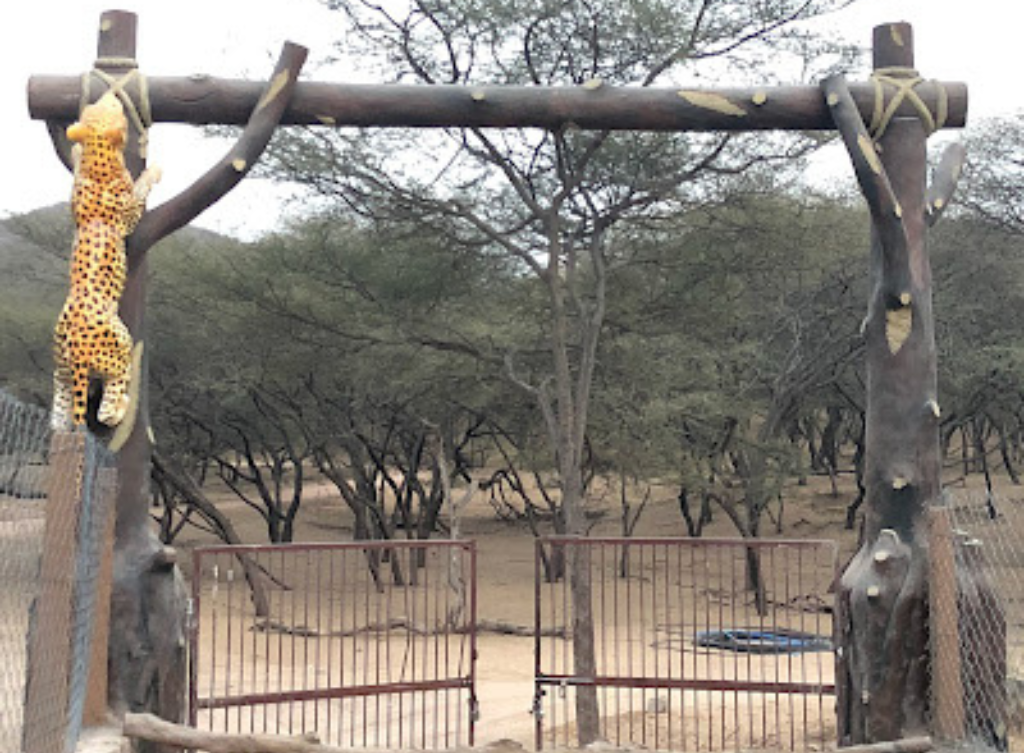
- Why Jhalana Was Chosen
- High Leopard Density:
- Despite its compact size of 20 sq. km, Jhalana supports over 30 leopards, making it one of the densest leopard habitats in the country.
- Urban Location:
- Surrounded by Jaipur’s residential and commercial areas, Jhalana provides a unique opportunity to study and protect leopards in an urban environment.
- Minimal Human-Wildlife Conflict:
- Leopards in Jhalana have adapted remarkably well to coexisting with humans, making it an ideal model for urban wildlife conservation.
- Key Milestones in Jhalana’s Journey
- Conservation Initiatives:
- Early efforts focused on restoring habitats, planting native trees, and ensuring water availability through artificial waterholes.
- Strict anti-poaching measures were implemented to protect wildlife.
- Eco-Tourism Development:
- The introduction of regulated safaris and eco-tourism activities brought attention and funding to Jhalana, promoting sustainable conservation.
- Leopard Monitoring:
- Advanced tools like GPS collars and camera traps enabled better understanding and management of leopard behavior and territory.
- Community Engagement:
- Locals were involved in conservation efforts, fostering a sense of ownership and reducing conflicts.
- Jhalana as a Model for Urban Wildlife Conservation
- Balancing Development and Conservation:
- Jhalana demonstrates how green spaces can coexist with urban infrastructure, benefiting both wildlife and residents.
- Wildlife Corridors:
- The creation of wildlife corridors ensures safe movement for leopards and other animals within the urban matrix.
- Data-Driven Policies:
- Research conducted at Jhalana informs conservation strategies for other urban reserves across India.
- Challenges in Establishing Jhalana as a Leopard Reserve
- Urban Encroachment:
- Increasing urbanization posed threats to the forest’s size and integrity, requiring strict zoning laws and monitoring.
- Resource Limitations:
- Establishing Jhalana as a leopard reserve required significant investment in infrastructure, staff training, and equipment.
- Public Perception:
- Educating locals about the importance of leopards in the ecosystem and addressing fears of human-wildlife conflict were key hurdles.

- Success Stories from Jhalana
- Thriving Leopard Population:
- Regular sightings of leopards and cubs indicate a healthy, reproducing population.
- Sustainable Tourism:
- Regulated safaris provide a low-impact way for visitors to experience Jhalana’s wildlife while contributing to conservation funding.
- Community Empowerment:
- Eco-tourism has created jobs and fostered a culture of conservation among local residents.
- Lessons from Jhalana for Other Urban Reserves
- Coexistence is Possible:
- Jhalana proves that humans and apex predators can share space with minimal conflict when managed properly.
- Urban Green Spaces Matter:
- Preserving and connecting green spaces is crucial for the survival of urban wildlife.
- Community Involvement is Key:
- Engaging locals ensures the long-term success of conservation efforts.
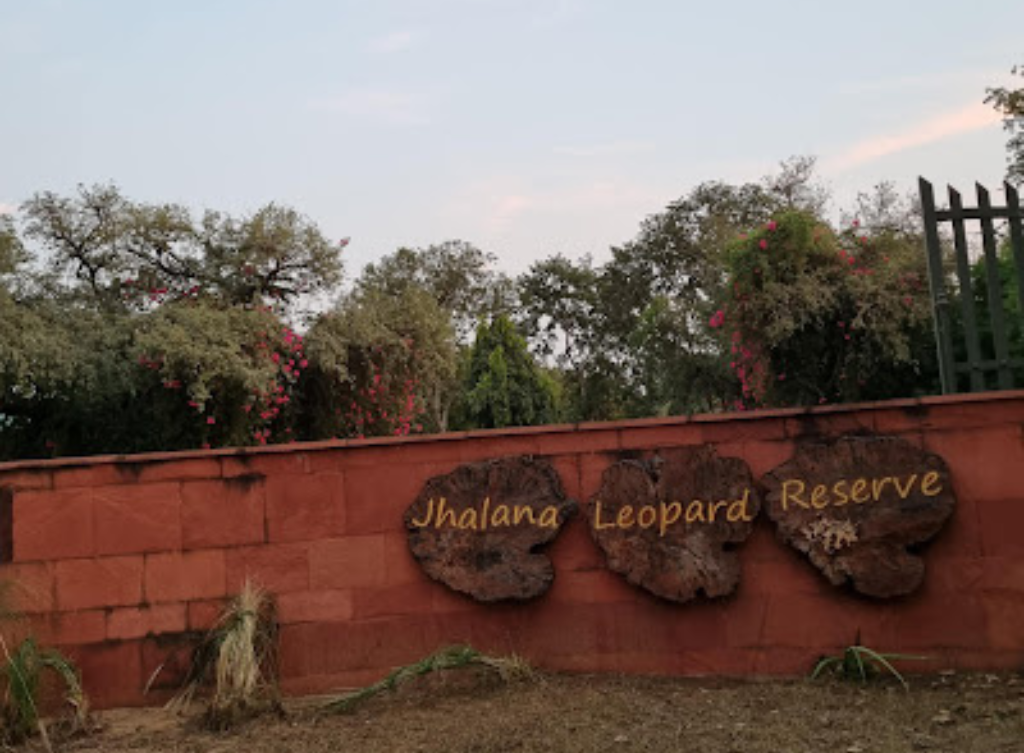
- Jhalana’s Global Impact
- Inspiration for Urban Conservation:
- Jhalana serves as a blueprint for urban wildlife reserves worldwide, showcasing how to balance conservation and development.
- Research and Collaboration:
- The reserve’s data and findings contribute to global studies on urban wildlife behavior and adaptation.
- Awareness and Advocacy:
- Jhalana’s success story raises awareness about the importance of conserving urban ecosystems.
Conclusion
Jhalana Forest Reserve’s transformation into India’s first urban leopard reserve is a testament to the power of visionary conservation efforts, community involvement, and the adaptability of wildlife. By successfully protecting its leopards amidst an urban landscape, Jhalana has set a precedent for wildlife conservation in cities across the globe. Its story is a reminder that coexistence between humans and wildlife is not only possible but also essential for a sustainable future.
Disclaimer All images used in this blog are either sourced from public domain or credited to their respective owners. If you are the copyright holder of any image and wish to request its removal or proper attribution, please contact us at [email protected]
